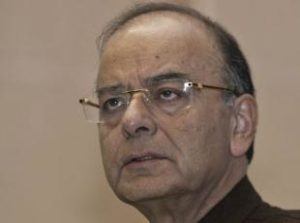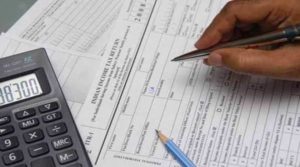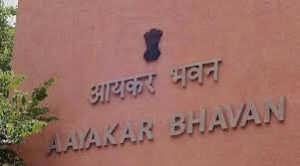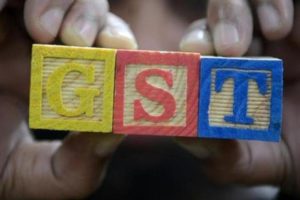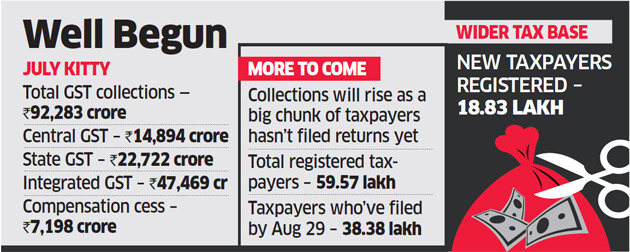
If you thought that filing an income tax return or opening a bank account are the only few things which require Aadhaar cards now, then think again. The fact is Aadhaar has now been made mandatory for so many things, including availing the benefits of various social and government schemes. While for some schemes it has already been made compulsory, for some others it will be made mandatory soon. Here we are taking a look at 10 such things:
- Income Tax Return: If you have an Aadhaar card, then you are required to link your Aadhaar number to your PAN card for filing your income tax return. Although the deadline for linking one’s Aadhaar number has now been extended to December 31, 2017, however your income tax returns will not be processed by the Income Tax Department unless you link your Aadhaar number to your PAN card. Having an Aadhaar card also makes e-verification of income tax return quick and easy.
- Opening of Bank Account: Possessing an Aadhaar card has now been made mandatory for opening a bank account. You are also required to link your Aadhaar number to your existing bank account. The government has laid a deadline of 31st December 2017 for this activity. Also, it is pretty easy to open a bank account using the Aadhaar card. Since the Aadhar card can be used as a proof of identity as well as a proof of address, it reduces the number of documents that are required for opening a bank account.
- Banking transactions of Rs 50,000 or above: It is now necessary to submit your Aadhaar number in banking transactions of Rs 50,000 or above. As per a gazette notification of the Ministry of Finance, dated 1st June 2017, Aadhaar will now be sought for all transactions for an amount Rs 50,000 or above.
- Mutual Fund Accounts: It has also been made mandatory to link one’s Aadhaar number to one’s mutual fund account, if one invests in mutual funds. The government has set the deadline of December 31, 2017, for doing this. If one fails to do this by this time, then one’s MF account will become inactive.
- Digital Locker: The government has introduced an online locker system to store personal documents on the government server. An account in DigiLocker can now be opened only if a person has an Aadhaar card.
- Student Scholarship: In order to receive government scholarship, students have to link their Aadhaar number to their bank accounts.
- Provident Fund: One can apply for the Employee Provident Fund (EPF) withdrawal online only if the Aadhaar number is linked with one’s EPF account.
- Monthly Pension: Just like EPF, it is mandatory to quote one’s Aadhaar number to receive pension. This rule has been levied to make sure that there are no fraudulent pensions given out. However, this rule is state-specific.
- E-KYC for mobile number: The Telecom Ministry has issued an order to the telecom companies to e-verify every user’s phone number using their Aadhaar card.
- Gas subsidy: Pratyaksh Hanstantrit Labh (PAHAL) scheme, also know as Direct Benefit Transfer for LPG (DBTL), involves linking of one’s Aadhaar number to the gas connection in order to receive a subsidy on LPG directly to one’s bank account.
Source: Financial Express
